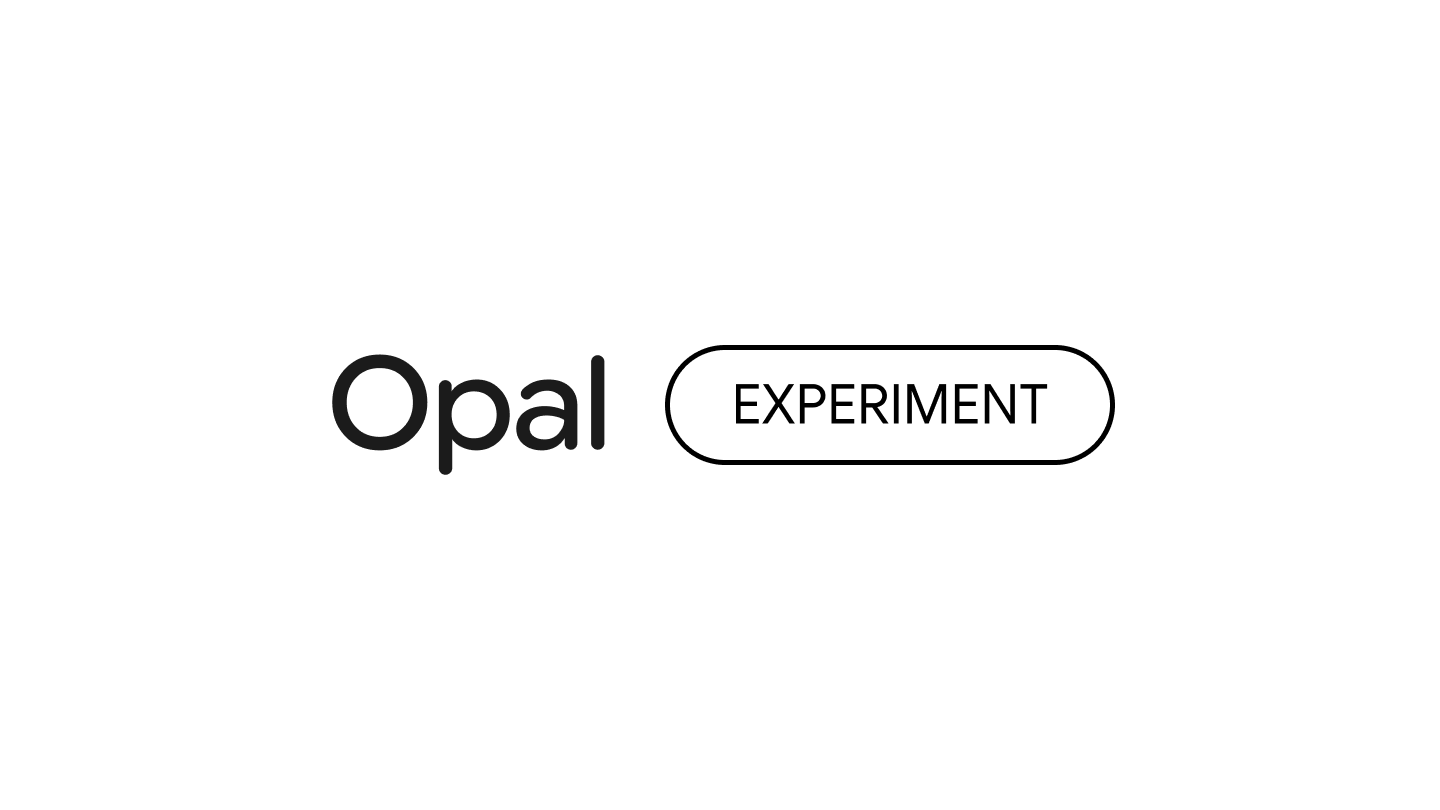
opal.withgoogle.com
Table of Contents
Overview
The artificial intelligence landscape continues to evolve rapidly, with platforms emerging that democratize AI application development for users without extensive programming backgrounds. Google Opal represents a significant advancement in this space, offering an experimental approach to building and sharing AI-powered mini-applications through intuitive natural language interaction and visual workflow design. Launched in July 2025 as part of Google Labs’ experimental portfolio, Opal transforms simple text descriptions into functional applications by seamlessly connecting prompts, AI models, and external tools without requiring traditional coding skills.Key Features
Google Opal delivers a comprehensive suite of capabilities designed to streamline AI application development for both technical and non-technical users:- Natural language app generation: Transform conversational descriptions into working applications, eliminating traditional coding barriers and making AI development accessible to broader audiences.
- Visual workflow editor: Design and modify application logic through an intuitive node-based interface, allowing users to see and adjust each step of their app’s processing pipeline.
- Advanced AI model integration: Leverage Google’s cutting-edge AI technologies including Gemini 2.5 Pro for text generation, Imagen 4 for image creation, and Veo 3 for video content.
- Seamless Google ecosystem connectivity: Benefit from deep integration with Google’s comprehensive suite of services, APIs, and infrastructure for enhanced functionality.
- One-click publishing and sharing: Deploy completed applications instantly and share them via simple links, enabling immediate collaboration and user testing.
- Template library and remixing: Access pre-built application templates and modify existing community creations to accelerate development cycles.
How It Works
Opal’s development process centers around conversational interaction and visual refinement. Users begin by describing their desired application functionality in plain English, such as “create a tool that analyzes customer feedback and generates response suggestions.” The platform interprets these natural language inputs and automatically constructs a structured workflow comprising input handlers, AI model invocations, and output formatting.Each workflow component appears as an editable node in the visual editor, allowing users to examine underlying prompts, adjust parameters, and add additional processing steps through the integrated toolbar. The system enables real-time testing and iteration, ensuring applications meet user requirements before publication.
Use Cases
Opal’s versatility supports diverse application scenarios across multiple industries and user types:- Educational content creators: Develop interactive learning tools, quiz generators, and personalized tutoring systems that adapt to student needs and learning styles.
- Business automation specialists: Build custom workflow applications for data processing, report generation, and routine task automation without IT department involvement.
- Creative professionals: Design content generation tools, social media assistants, and marketing material creators that leverage AI for enhanced productivity.
- Rapid prototyping teams: Create functional application prototypes for stakeholder demonstrations, user testing, and concept validation before full-scale development.
Pros \& Cons
Advantages
Opal offers several compelling benefits that distinguish it from traditional development approaches:- Zero-code accessibility: Removes technical barriers, enabling domain experts to create solutions directly without programming knowledge or developer dependencies.
- Integrated Google AI ecosystem: Provides access to state-of-the-art AI models and Google services through a unified platform with consistent authentication and billing.
- Rapid development cycles: Facilitates quick iteration from concept to working prototype, significantly reducing time-to-market for experimental applications.
- Community-driven templates: Offers shared template gallery for common use cases, accelerating development through proven patterns and best practices.
Disadvantages
Current limitations reflect Opal’s experimental status and early development stage:- Beta stability concerns: As an experimental Google Labs product, users may encounter occasional service interruptions, API quota limitations, and evolving feature sets.
- Geographic restrictions: Currently limited to United States users, restricting global accessibility and collaboration opportunities.
- API quota constraints: Users report frequent quota exceeded errors during intensive usage, impacting productivity and requiring careful resource management.
- Limited export capabilities: Current version provides restricted options for code export or migration to other platforms, potentially creating vendor lock-in concerns.
How Does It Compare?
When evaluating Opal against existing solutions, its unique positioning becomes clear.Lovable AI has emerged as a leading competitor, achieving remarkable growth with over 30,000 paying users and the ability to generate full-stack applications with React and Tailwind CSS, positioning itself as a comprehensive development solution.
V0 by Vercel focuses specifically on React component generation with exceptional UI quality, making it ideal for frontend developers working within the Next.js ecosystem.
Cursor AI serves professional developers with advanced code completion and codebase-aware assistance, offering sophisticated programming support for traditional development workflows.
Claude Artifacts provides interactive prototyping directly within conversation interfaces, enabling rapid experimentation without dedicated development environments.
Bubble.io offers comprehensive no-code app development with recently introduced AI-powered page generation capabilities for creating complex web applications with database integration.
Opal differentiates itself by offering seamless integration with Google’s AI ecosystem and focusing specifically on mini-app creation through natural language workflows, though it currently faces limitations with API quotas and geographic restrictions during its beta phase.
Final Thoughts
Google Opal represents an ambitious experiment in democratizing AI application development, leveraging Google’s advanced AI capabilities to create an intuitive development experience. Its focus on natural language interaction and visual workflow design makes it particularly appealing for non-technical creators and teams seeking rapid prototyping capabilities.While the platform currently operates under beta constraints including geographic limitations and API quota restrictions, its integration with Google’s comprehensive AI ecosystem provides unique advantages for users already invested in Google’s services. As Opal continues evolving through community feedback and Google Labs’ experimental process, it has the potential to significantly impact how individuals and organizations approach AI-powered solution development, though users should carefully consider current limitations when evaluating it for critical applications.

opal.withgoogle.com
